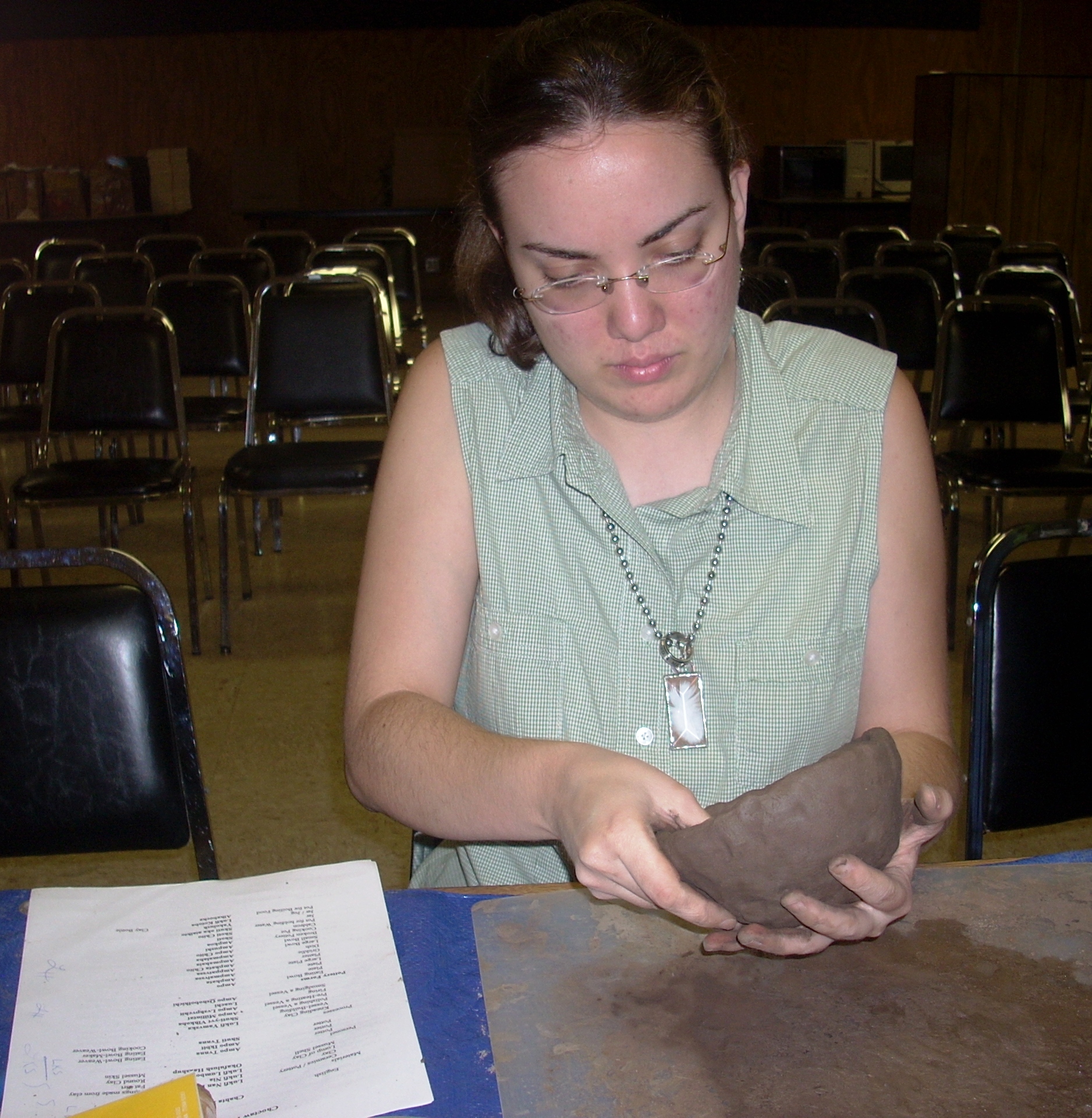NMAI Artist Leadership Program, and My Life
"It was the best of times, it was the worst of times." There are not many ways to describe this season in life. One of the worst summers of my life, and it ended with my dad’s passing. Then I got a phone call.
In May, 2012, I had applied for the Smithsonian’s National Museum of the American Indian’s Artist Leadership Program. Amid the disasters of the summer, I still checked the mailbox every day in August, catching myself going out there on Sundays too. Waiting, waiting for a letter that would either accept me or a say a polite try again.
When I couldn’t stand the suspense anymore, I emailed the director, Keevin Lewis, on August 25. He emailed back with the news he’d been trying to contact my referral, Assistant Chief Gary Batton (Choctaw Nation of Oklahoma) with a few questions.
I went through the roof, but tried to keep a lid on my excitement. My application was receiving serious consideration, but not granted yet. A few emails later and I had a call time set up for Keevin to reach Gary.
That was Saturday, August 25.
Sunday, August 26
We weren’t expecting it. It shocked. It hurt. It left me empty.
I wrote a poem. We made funeral arrangements. I got another email.
The phone call had gone well, and could Keevin call me today?
No, not today. Tomorrow.
He called. I’d been chosen for the Artist Leadership Program. I cried, extreme happiness and extreme sadness fighting for dominance in my heart. The battle still rages today.
A few of my recent Facebook statuses:
…Life hurts. God heals. In the in between time, we take it day by day and live in His grace and love…
…I'd rather feel pain than feel nothing. Pain lets you know you're still alive. A time of worship can bring everything out, including pain. Not something we want, but something we need…
…Blowing kisses to the sky…
On the happy end, we’re preparing for a two week research trip in Washington, D.C. as part of the Artist program. I’ll conduct research on our Choctaw ancestry at half a dozen facilities, present lunchtime talks to the NMAI staff, and perform two storytelling concerts at the ImagiNations Center at NMAI. How thankful I am to be doing it all with my mama!
An all-expense paid trip to D.C., plus. Yeah, I’m started to feel some excitement. It’s sinking in. Just in time, too. We leave in a few weeks.
Part Two of the program means putting on an Advanced Writing Workshop for the Choctaw Nation in March. Not a bad credit in my writing portfolio.
Split Focus
A day hasn’t passed that I don’t see scenes from August 26. The event shoved me off the cliff for a shattering landing. God put out deep padding to catch us.
This is the best of times, this is the worst of times. But it's all God's time.
Have you lived through the best and the worst at the same time? I’d like to hear your story.




